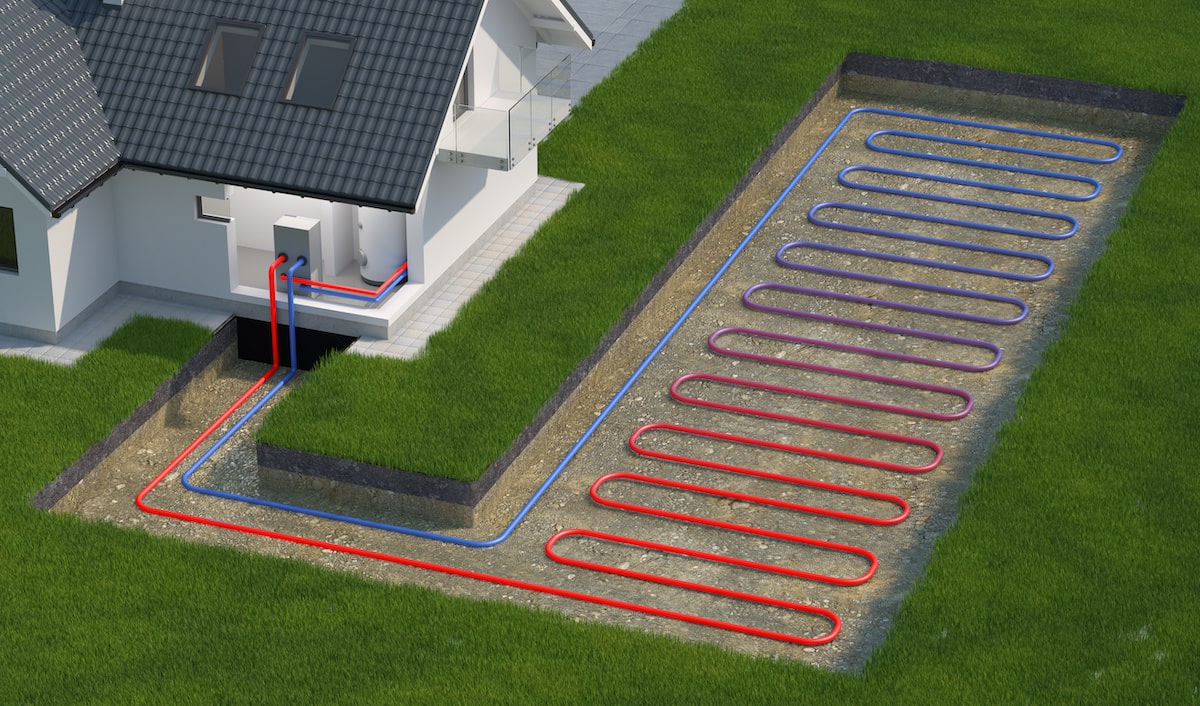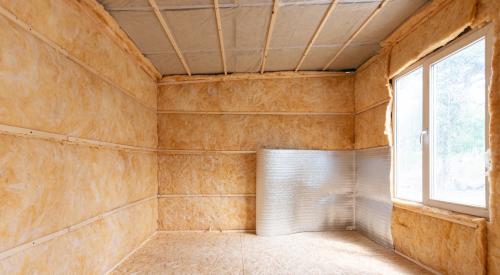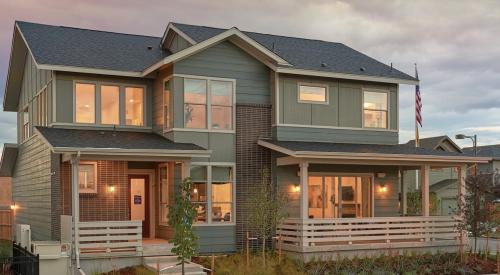Geothermal heat pumps use natural convection from the earth to provide heating, air conditioning, and hot water, making them a cost-effective and energy efficient alternative to traditional heat pumps, according to The Washington Post. All climates have nearly constant shallow ground temperatures, meaning that geothermal heat pumps can be installed underground in any region.
Systems come in four configurations: horizontal, vertical, pond/lake, and open-loop. Factors like climate, soil conditions, available land, and installation costs determine the best system for the site, and homeowners can also opt for a hybrid system that combines geothermal design techniques for maximum heating capacity.
“The constant temperature of the earth just below our feet is a sustainable resource literally in our own backyard,” said Arlene Anderson, technology manager in the Energy Department’s Office of Energy Efficiency and Renewable Energy. “It’s a green energy source ready for us to use to heat and cool our buildings while potentially lowering our utility bills.”
She said that the vertical geothermal heat pump is the most common system because it uses the least amount of land for installation.











